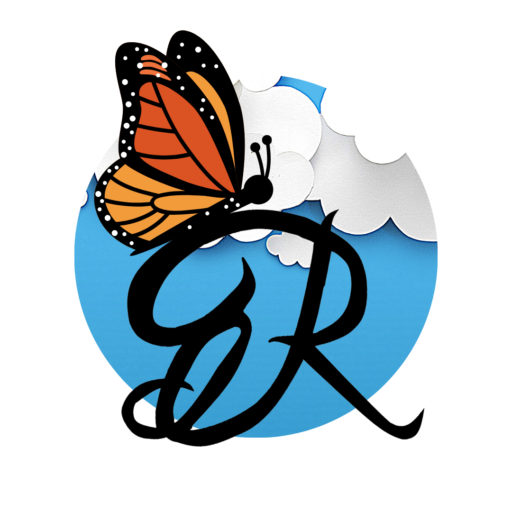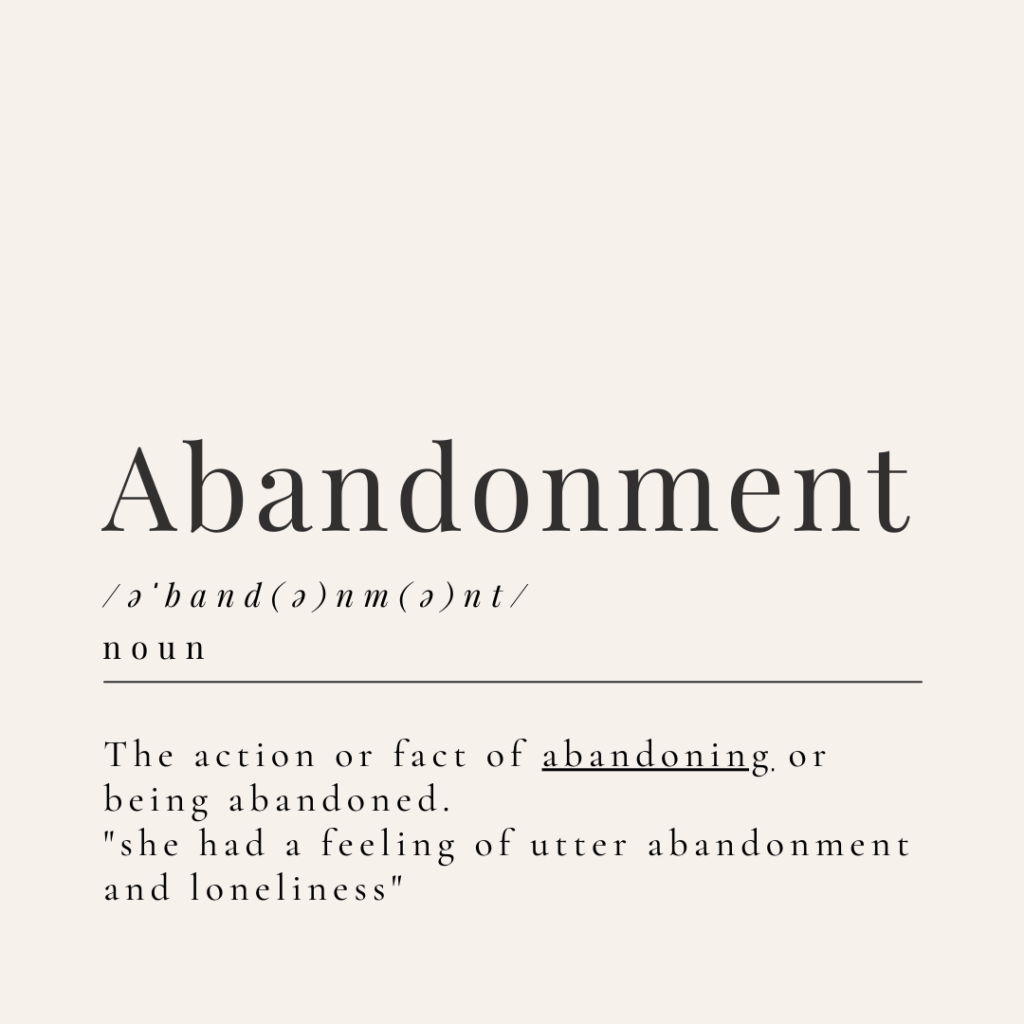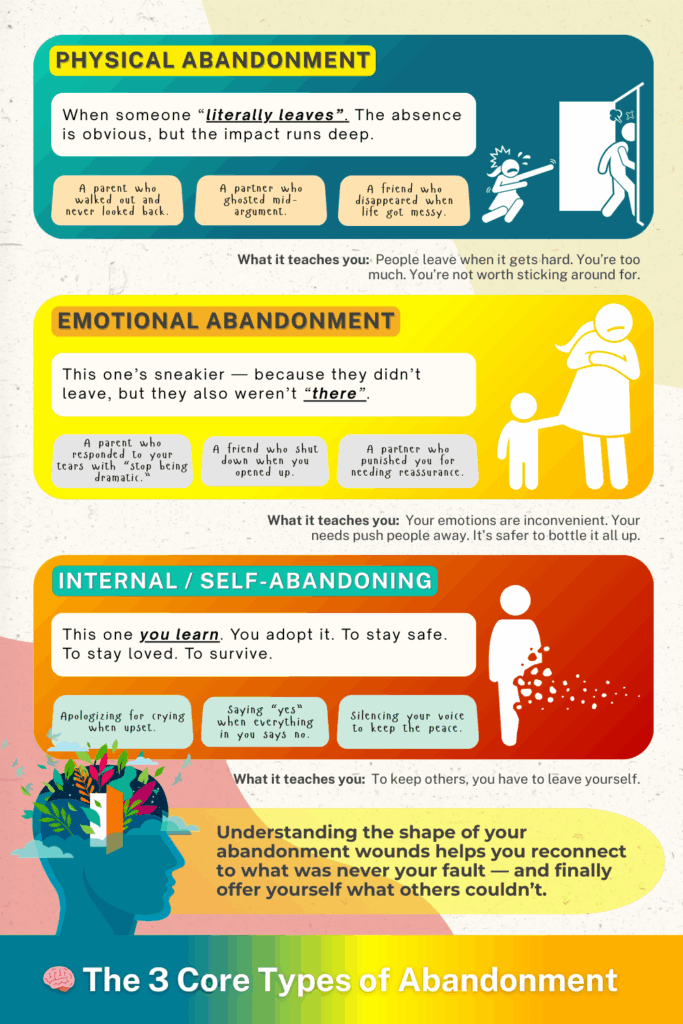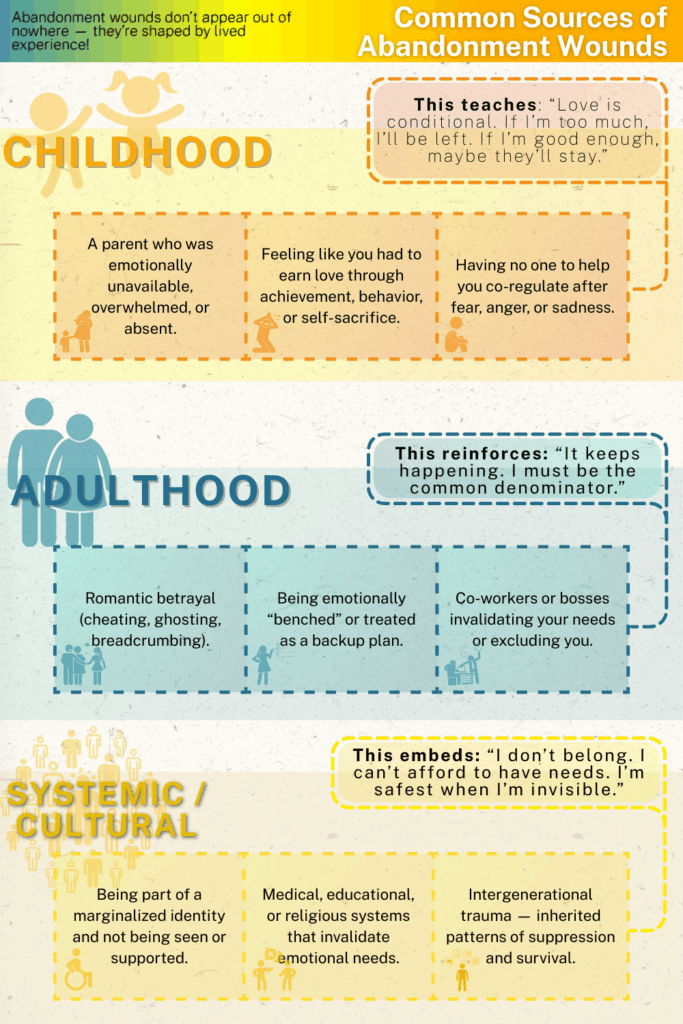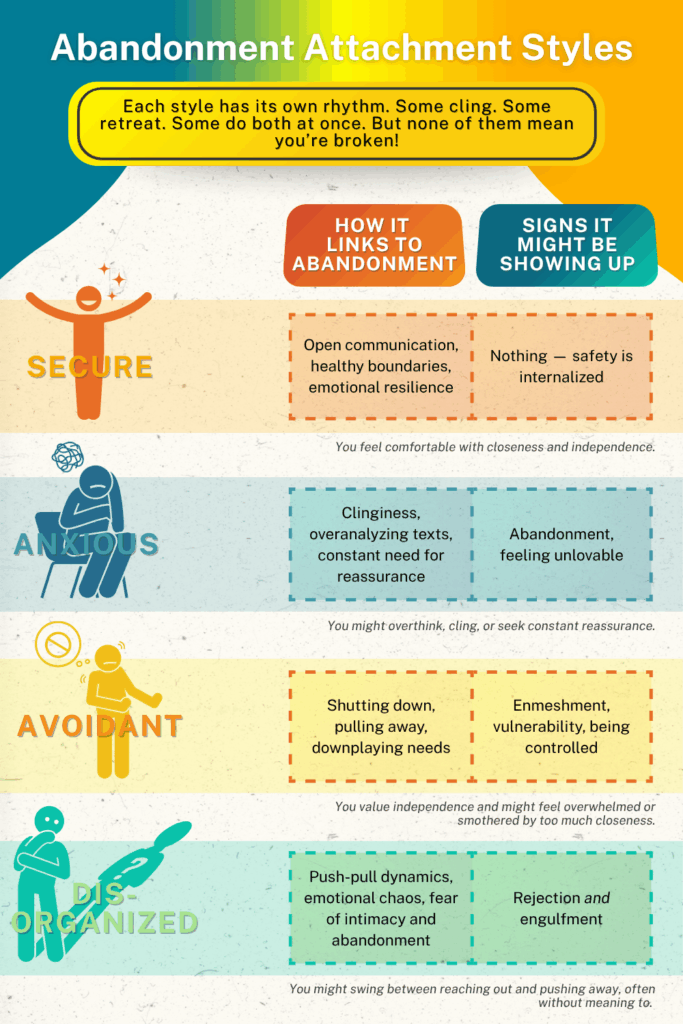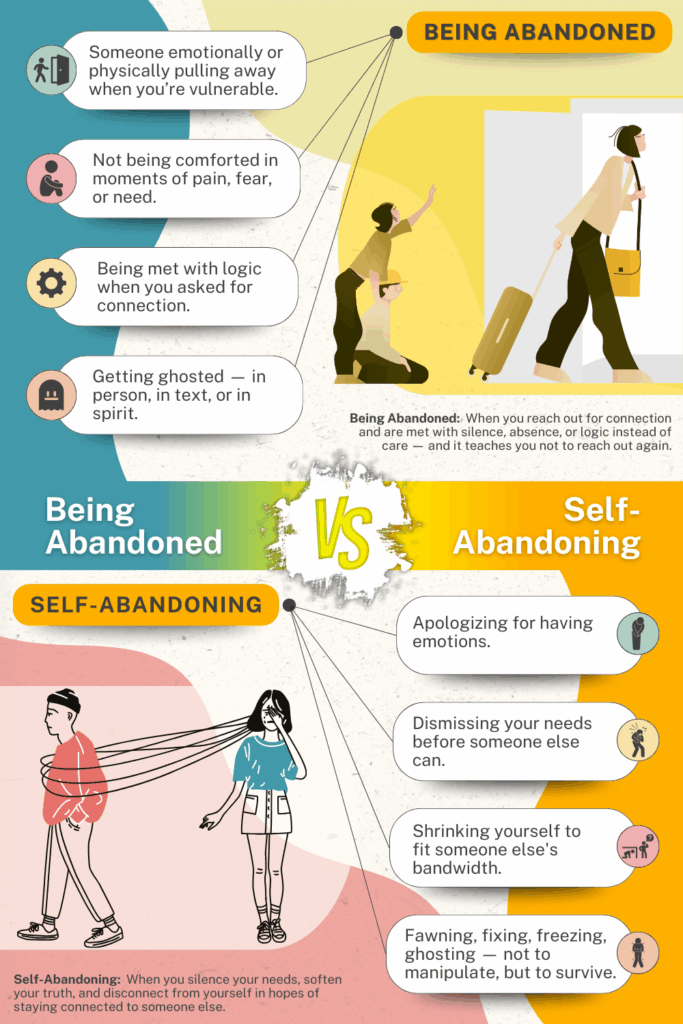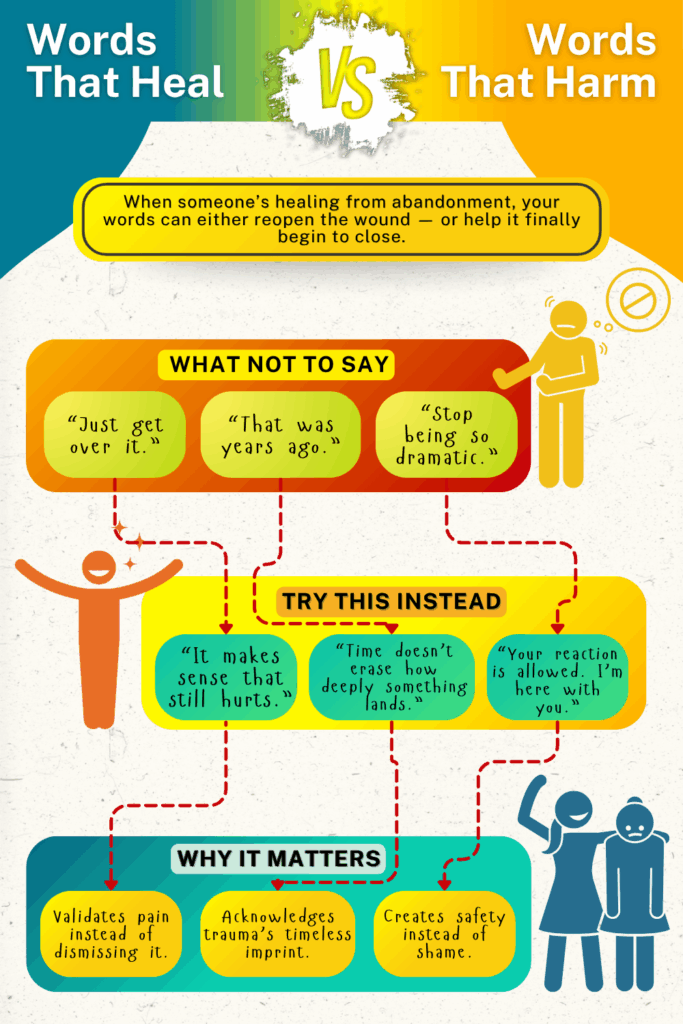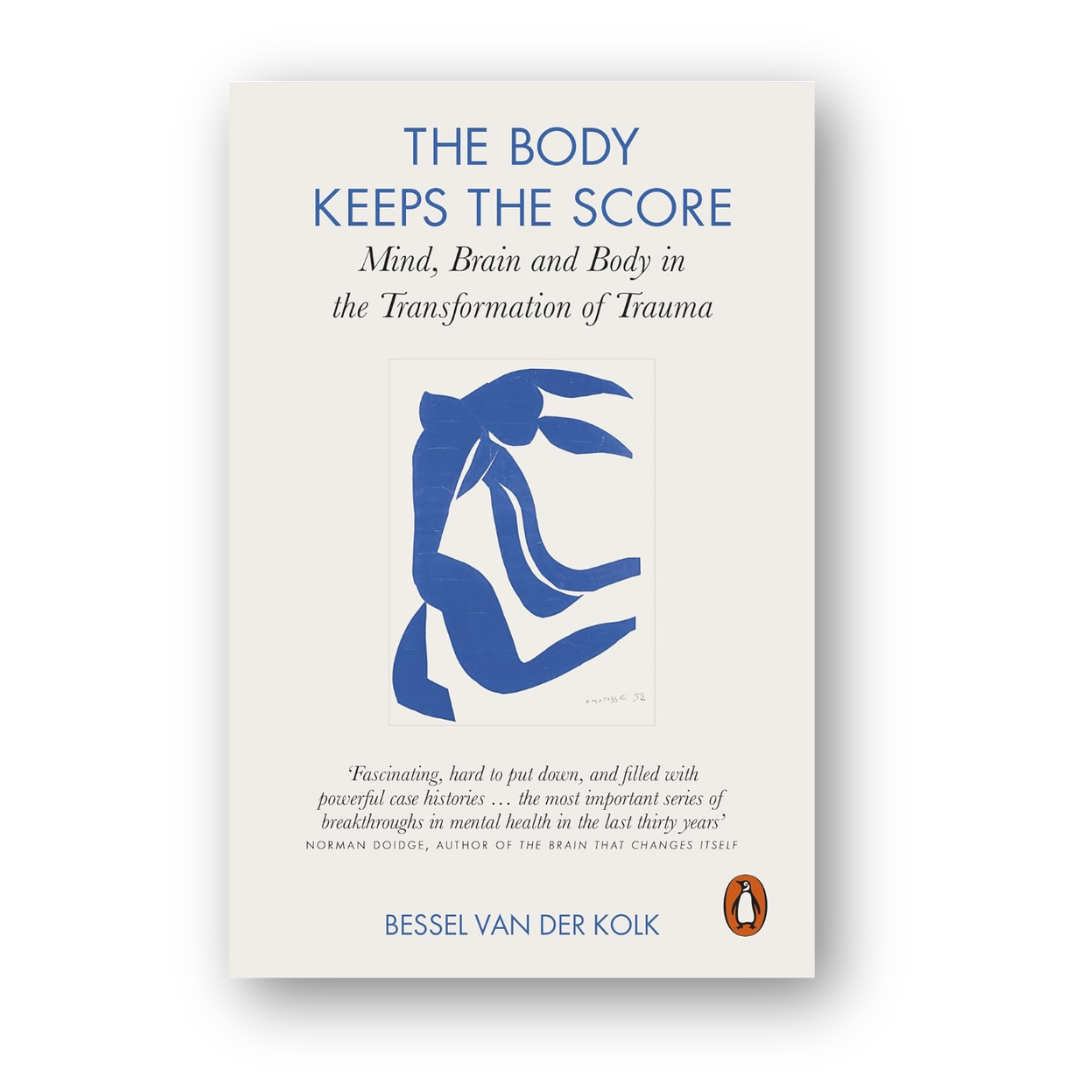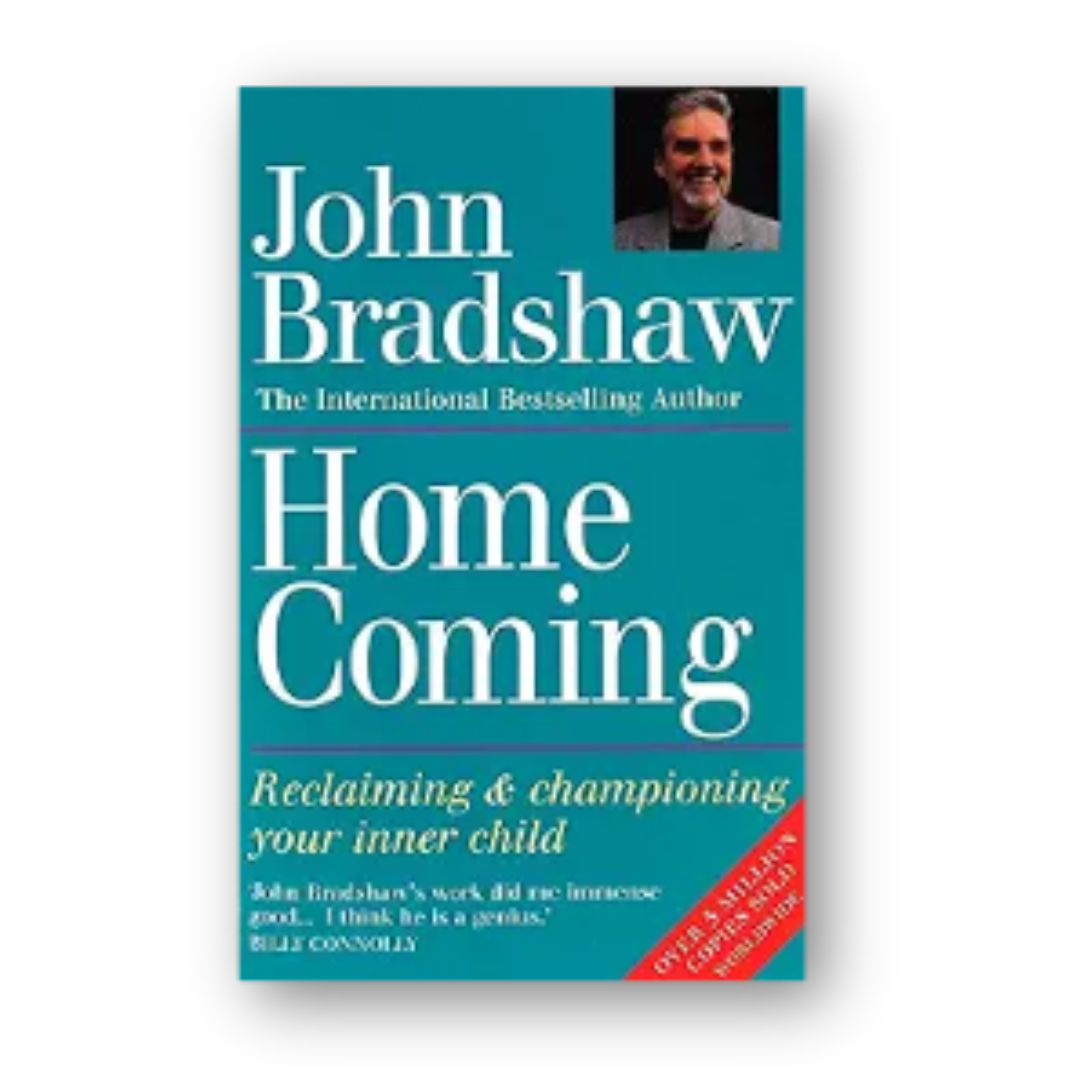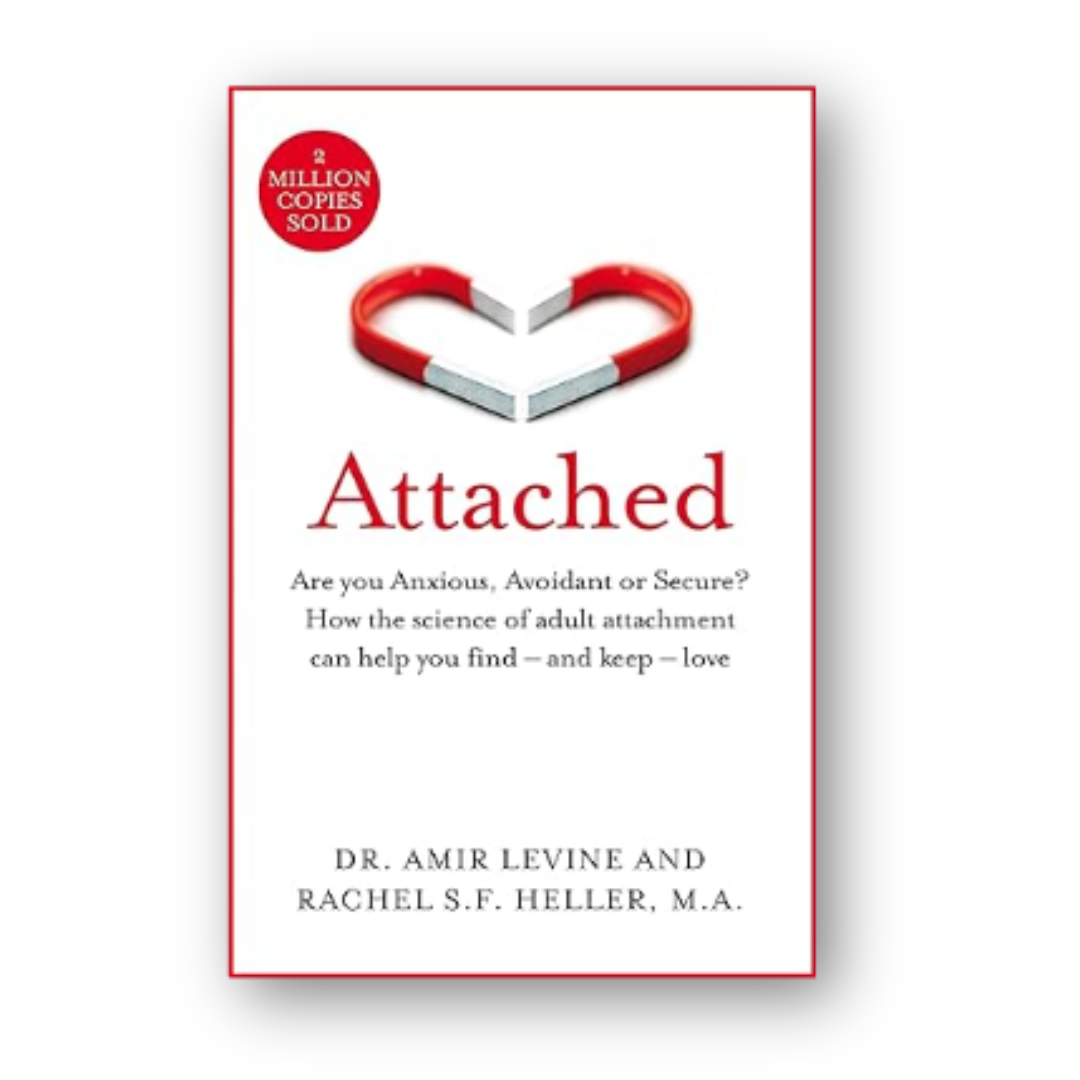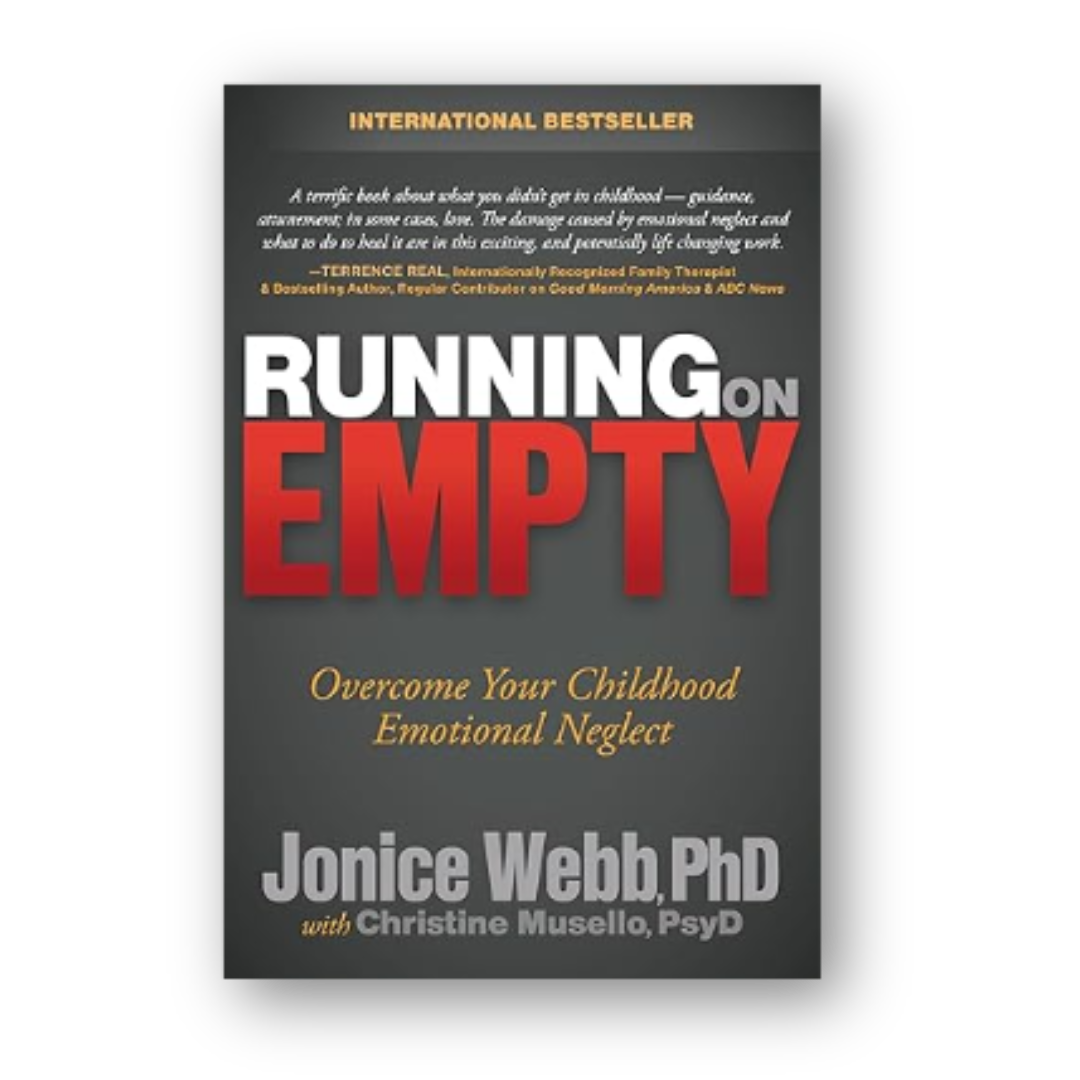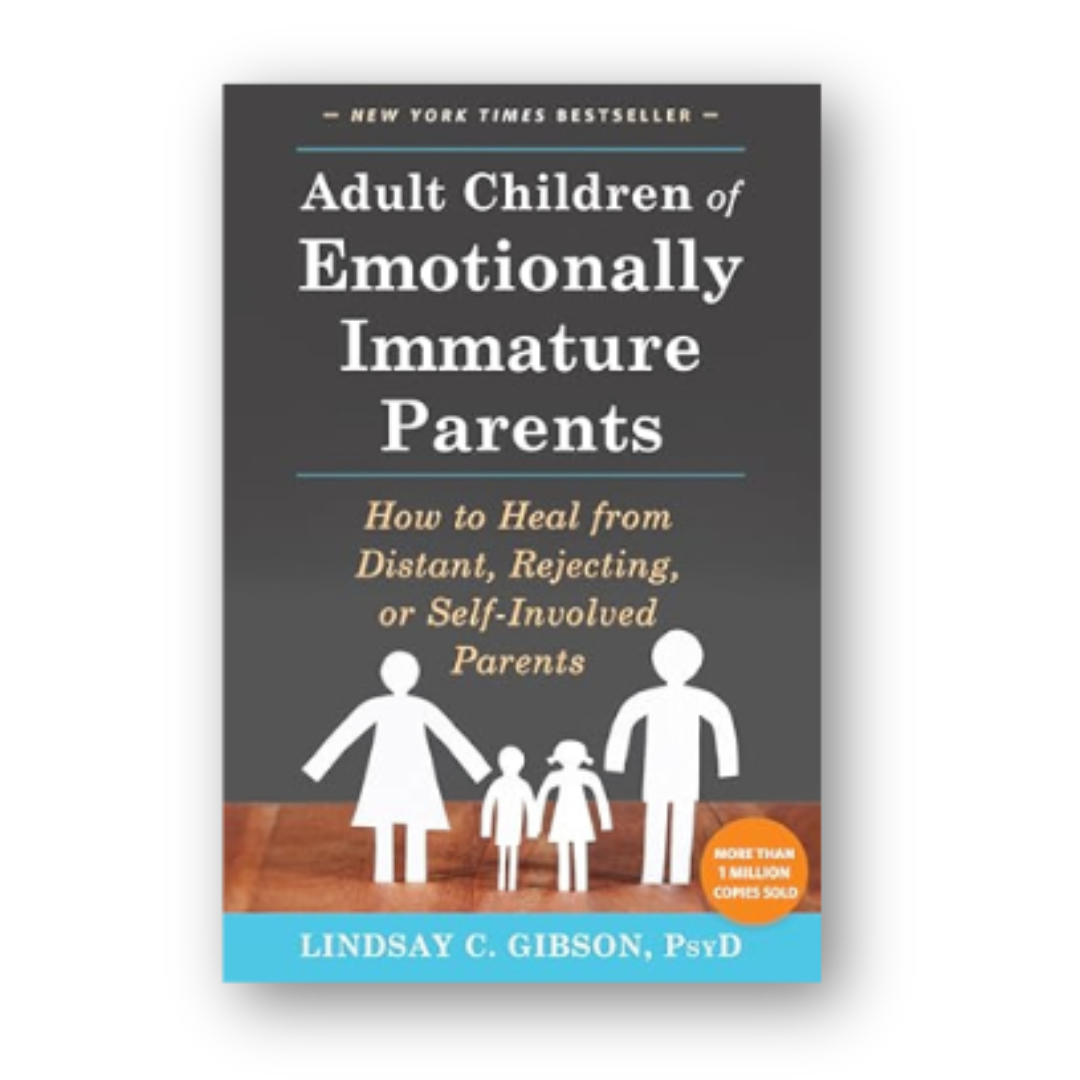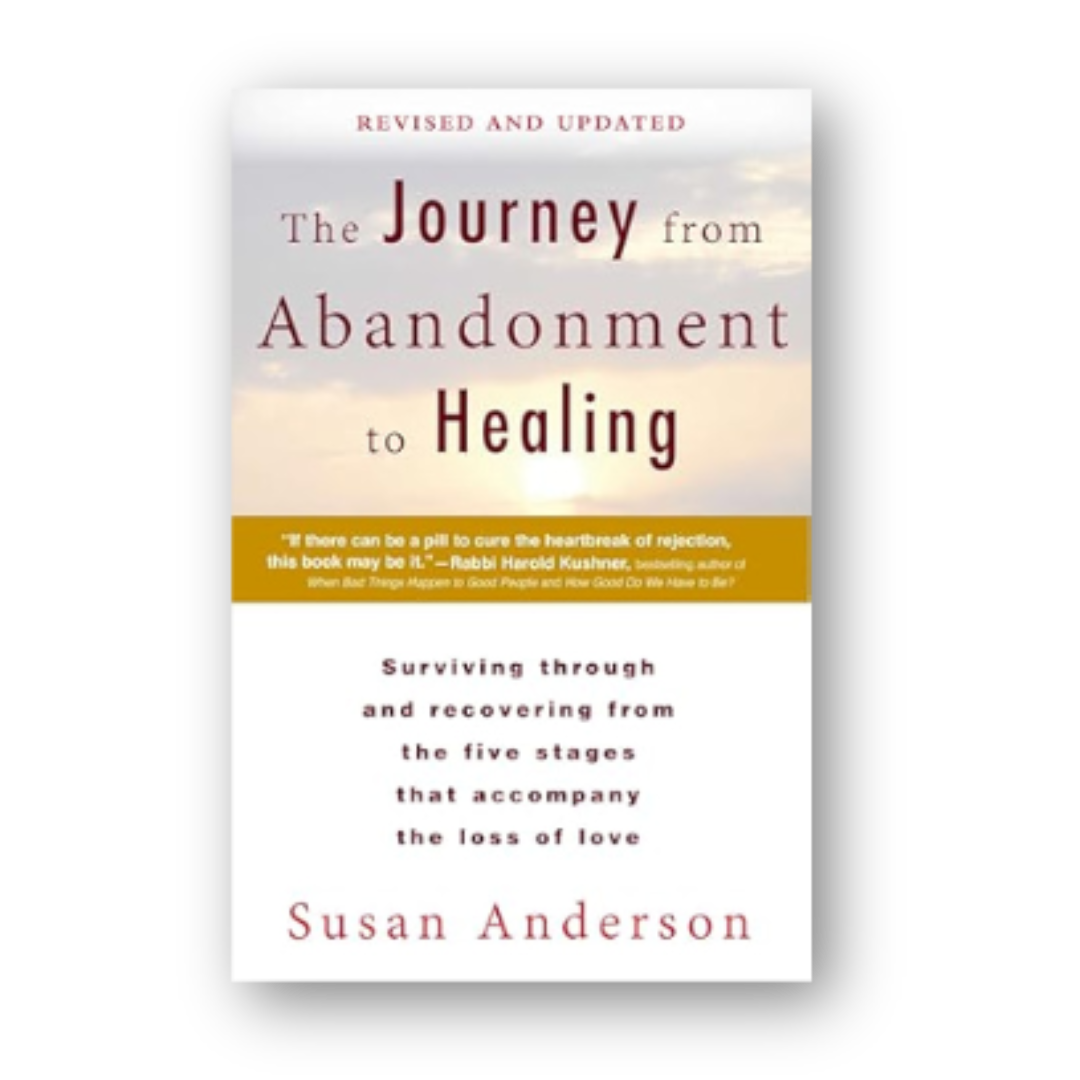Abandonment
It isn’t just being upset about…
The forgotten call, the unanswered texts, being left on read.
The parent who forgets your birthday,
The friend who changed when you started showing emotion.
The partner who made your pain feel like an inconvenience.
Abandonment doesn’t always scream,
It doesn’t always make a mess or leave wounds, cuts or grazes.
Sometimes, it ghosts.
Sometimes, it stays in the room but won’t meet your eyes.
Sometimes, it says “you’re too much” without ever moving its lips.
The worse part? You start believing it’s you — not the pattern.
So you try harder.
You shrink.
You numb.
You mask.
You completely disappear from yourself just to keep them close.
And sometimes? The wound goes underground.
It burrows deep — embedded in trauma, fused with grief, hidden in habits you didn’t choose but had to develop.
Until one day… there’s nothing left to give.
Just a quiet ache.
Disappointment.
Resentment.
Emotional burnout.
Healing from a battle you never signed up for.
Grieving a loss that was never fully yours.
Carrying guilt that refuses to let go.
And then it all merges.
Not just this moment — but a hundred moments before it.
All those quiet goodbyes you never got to process.
All the times someone left, or didn’t show up, right when you needed them the most.
If you’re reading this with a lump in your throat and a little shame on your back…
You’re not broken.
You’re waking up to the wound.
You’re standing in the rubble of a connection that meant something to you.
You’re grieving not just what happened — but what never did.
The future you imagined.
The version of you who thought love had to be earned.
The energy you gave when you had nothing left to give.
And that?
That’s the beginning of everything.
It means you felt.
It means you cared.
It means something in you is ready to stop abandoning yourself.
You’re not alone!
